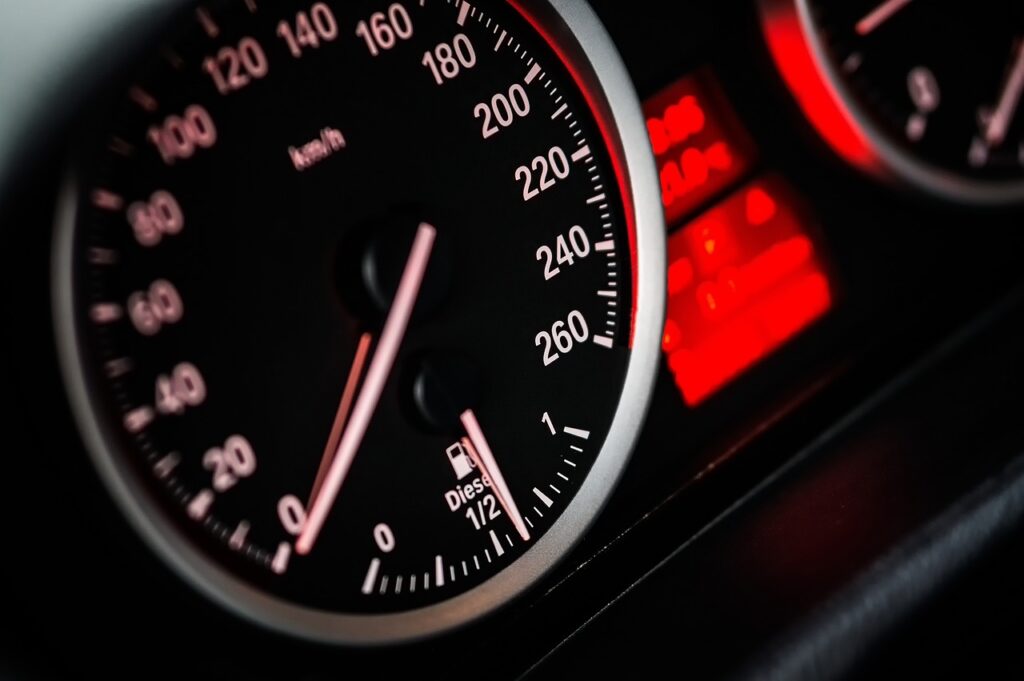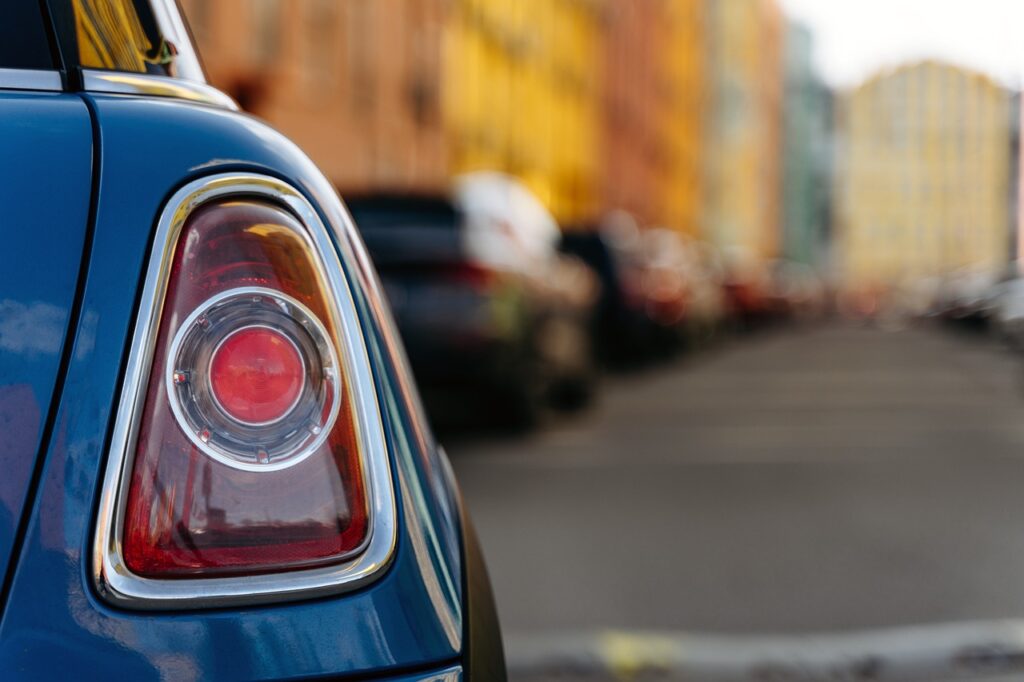In our rapidly evolving digital age, gadgets are more than mere conveniences; they are integral extensions of our personal and professional lives. However, as our reliance on technology grows, so does the importance of using gadgets that prioritize our safety and security. This guide delves into the realm of safe gadgets, highlighting why they matter, how to choose them, and the best practices for their usage.
Why Safe Gadgets Matter
The Risks of Modern Gadgets
While technology offers unparalleled benefits, it’s not without its risks. These can range from physical harm to privacy breaches, emphasizing the need for safe gadgets.
- Physical Health: Overexposure to screens can lead to eye strain, while poorly designed electronics might overheat or even catch fire.
- Cybersecurity Threats: Devices vulnerable to hacking pose significant risks to personal and financial information.
- Privacy Concerns: Inadequate privacy protections can lead to unauthorized data collection and exploitation.
Understanding these risks is the first step toward mitigating them, primarily through the selection and use of safe gadgets.
Choosing Safe Gadgets
Selecting gadgets that are safe for both physical use and digital security is crucial. Here’s how to ensure you’re making the right choice.
Research and Reviews
- Manufacturer Reputation: Opt for gadgets from companies known for quality and safety.
- Customer Reviews: User experiences can highlight potential safety issues or defects.
Safety Certifications and Features
- Certifications: Look for gadgets that have been certified by recognized safety standards, such as CE or UL.
- Safety Features: Prioritize devices with auto-shutdown capabilities, robust encryption, and other safety-oriented features.
Consider the Purpose and Necessity
- Essential Features Only: Devices with unnecessary features may pose additional risks and complications.
- Longevity and Support: Gadgets from established brands often come with the promise of updates and support, keeping them safe over time.

Safe Usage of Gadgets
Owning a safe gadget is half the battle; using it safely is equally important. Here are some tips to ensure your gadgets remain safe throughout their lifecycle.
Follow Manufacturer Instructions
- Proper Use: Always adhere to the manufacturer’s guidelines for use, care, and maintenance.
- Charging Safety: Use only the charger provided or recommended by the manufacturer to avoid battery issues.
Digital Security Measures
- Regular Updates: Keep your device’s software up-to-date to protect against vulnerabilities.
- Strong Passwords: Use complex passwords and change them regularly to secure your devices.
Physical Care and Maintenance
- Regular Cleaning: Keep your gadgets clean and free from debris that could cause overheating or other issues.
- Protective Cases: Use cases and screen protectors to prevent damage from drops or spills.
The Future of Safe Gadgets
As technology continues to advance, the focus on gadgets is becoming more prominent. Innovations in material science, encryption, and user safety are leading to gadgets that are not only more powerful but also safer than ever before. Consumers now have a pivotal role in this evolution, as demand encourages companies to prioritize safety in design and functionality.
Emerging Trends
- Biodegradable and Non-Toxic Materials: Reducing environmental impact and health risks.
- Advanced User Authentication: Including biometrics and multi-factor authentication for enhanced security.
- AI and Machine Learning: For predictive maintenance and early detection of potential safety issues.
Effective And Safe Device For Your Car
A Smart Keyless keeper is an electronic chip that is installed in the key fob and covers the battery from both sides and the motion sensor detects the motion to turn it on or off. It is specially designed as a blocker for keyless boosters which are widely used for hacking, they interfere with communications between automobile and key fob, mimic signals and help criminals for a keyless relay attack. An outstanding invention against a key fob relay attack because it acts against the unethical device participating in this attack. It consists of a 3D motion sensor, LED indicator, microprocessor, and flexible base. It effectively deactivates the key fob when it is motionless to make sure that crooks cannot steal your car when you sleep.

Conclusion
In the digital age, gadgets are indispensable, but their safety should never be compromised. By choosing gadgets that are secure and using them responsibly, we can protect ourselves from physical harm, safeguard our privacy, and secure our digital lives. As technology advances, the emphasis on safety will continue to grow, leading to a future where tools are not only innovative but also inherently safe.
Remember, the power to ensure technology enriches our lives safely is in our hands. By making informed choices and adopting safe usage practices, we can all benefit from the wonders of technology without undue risk.











